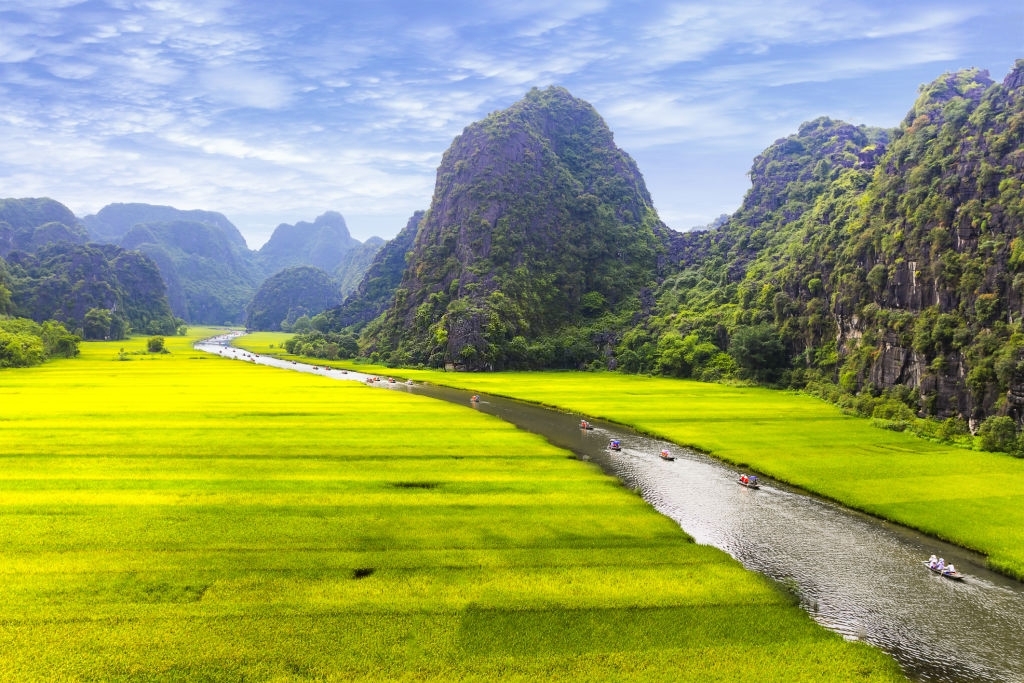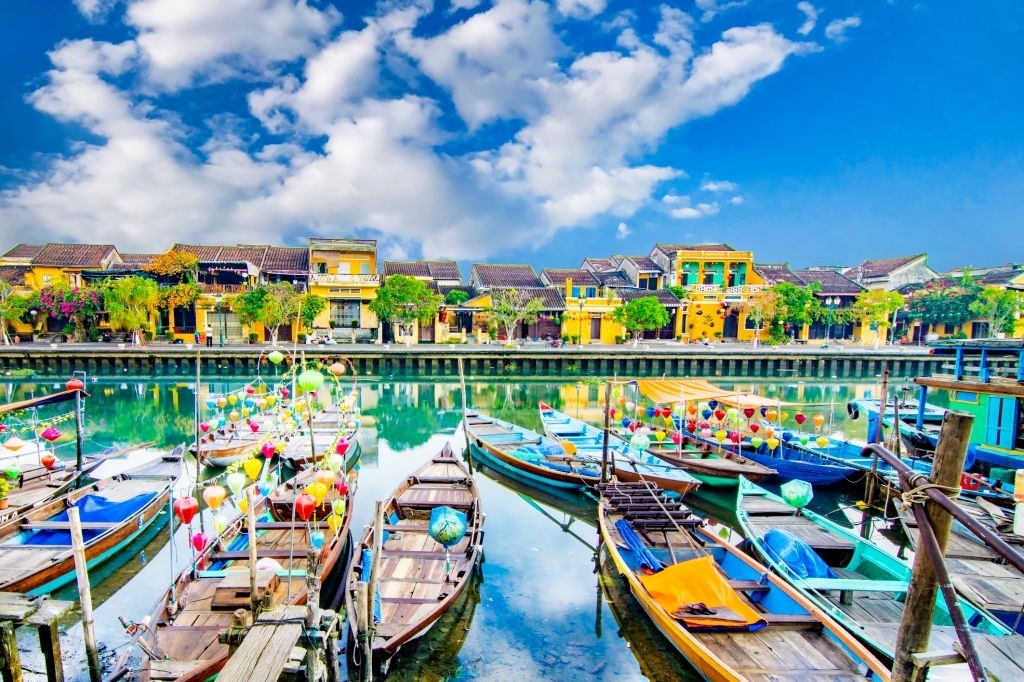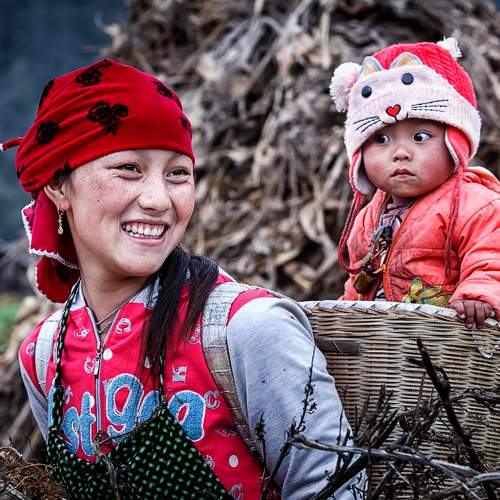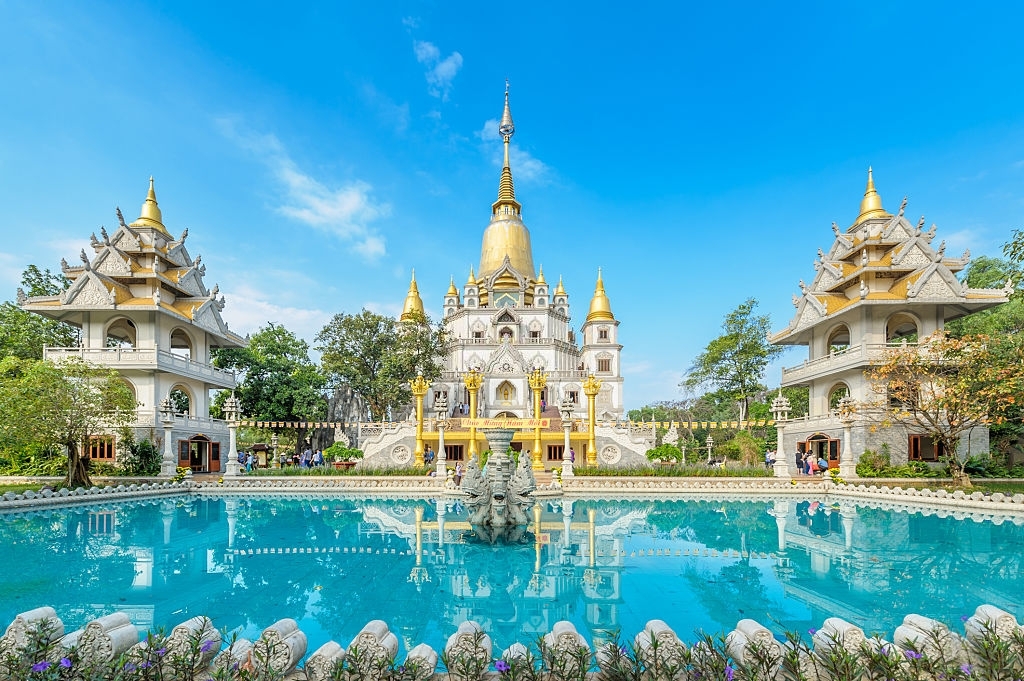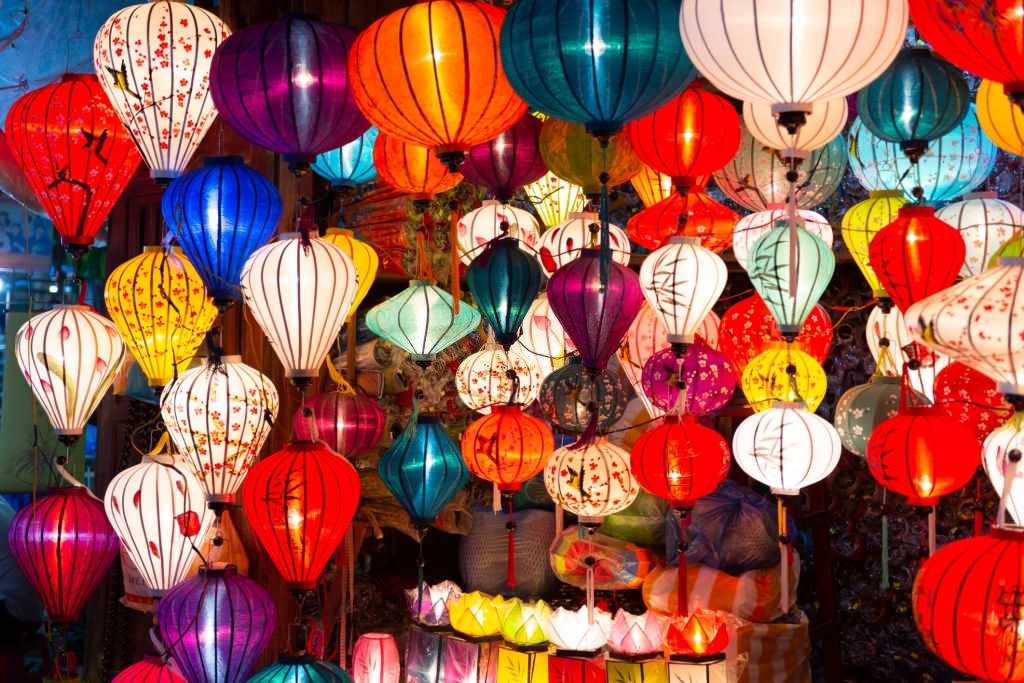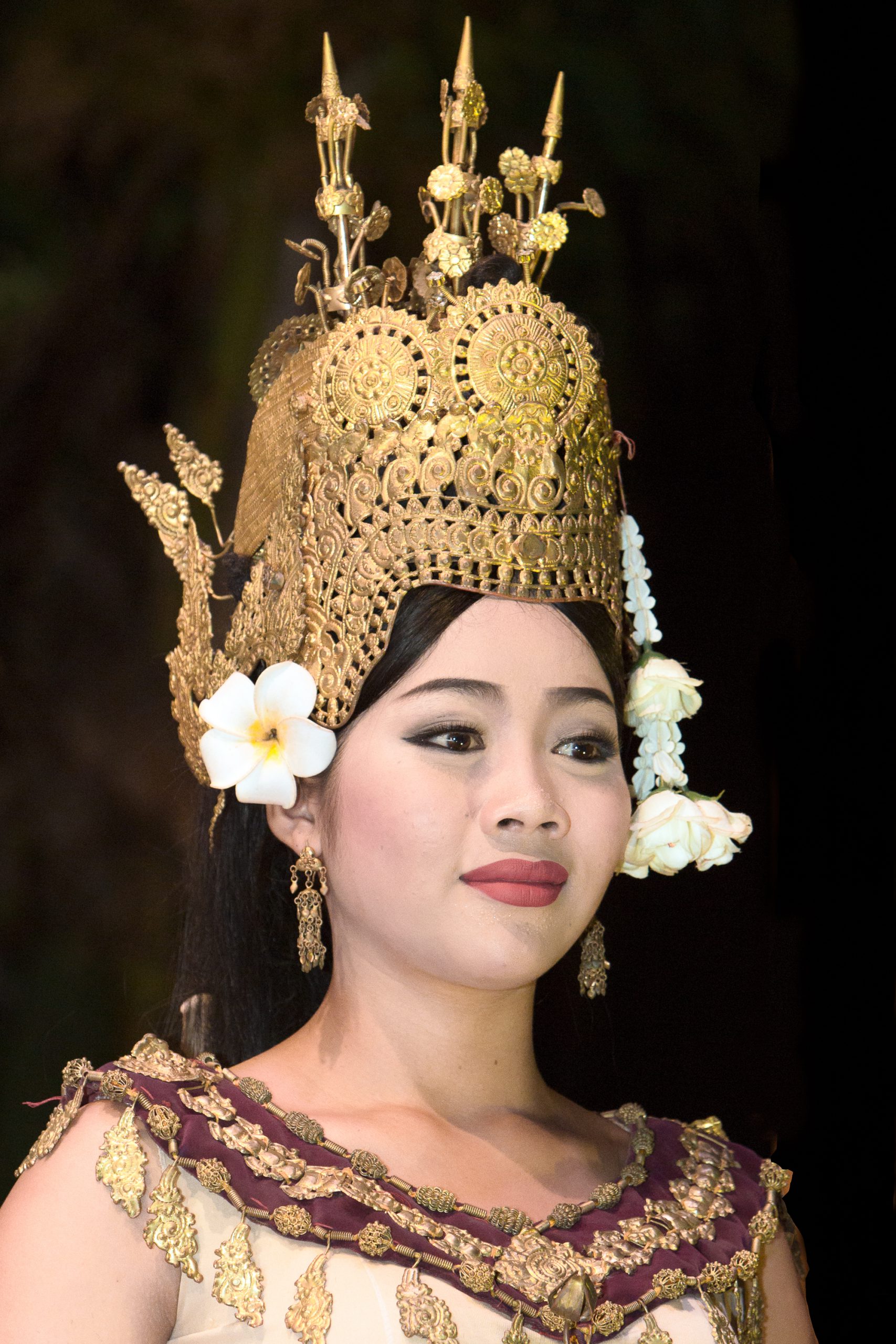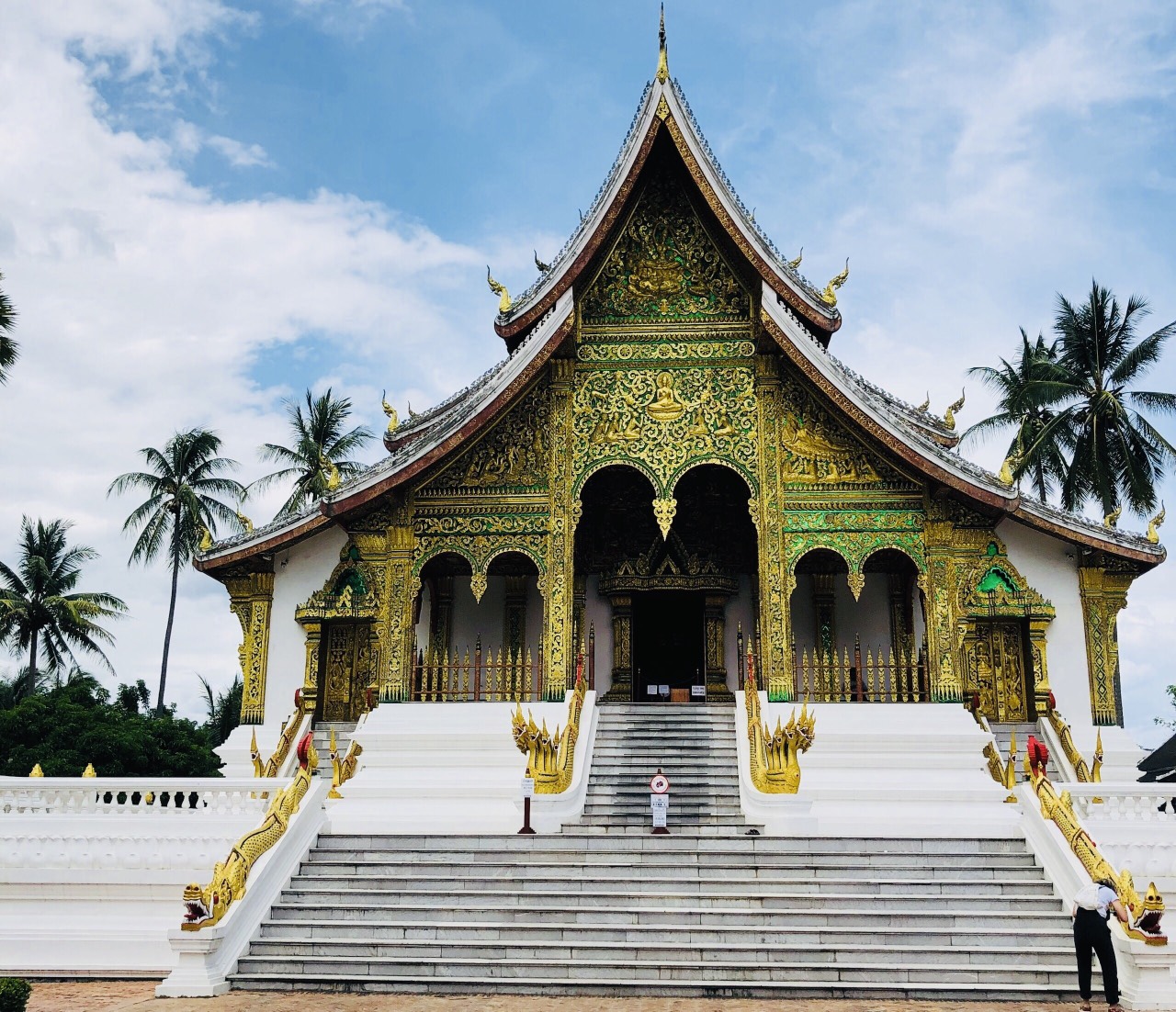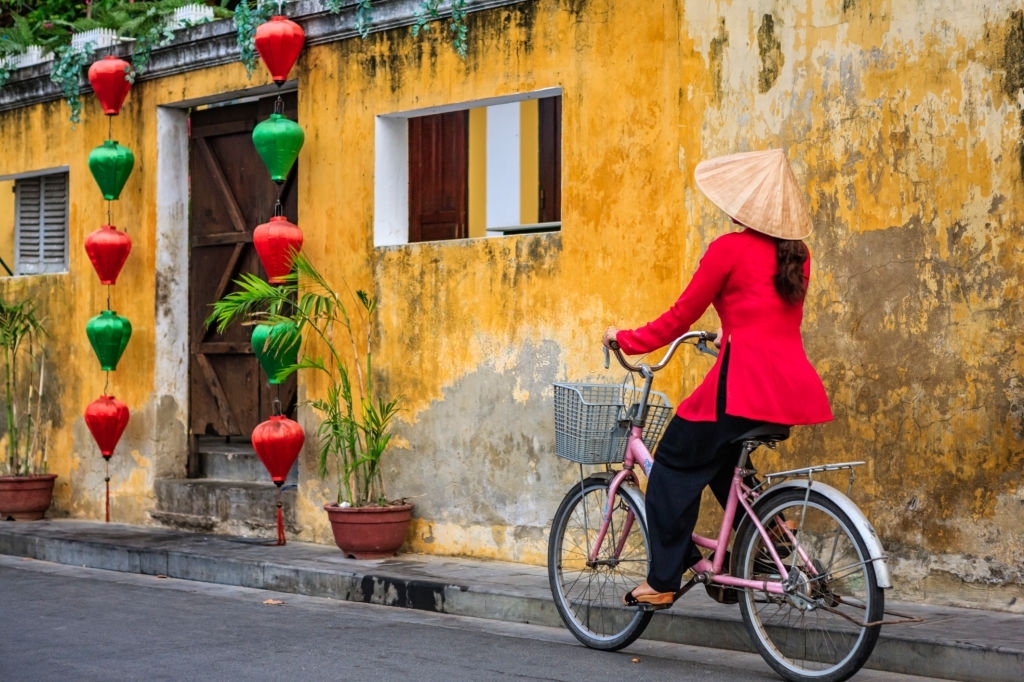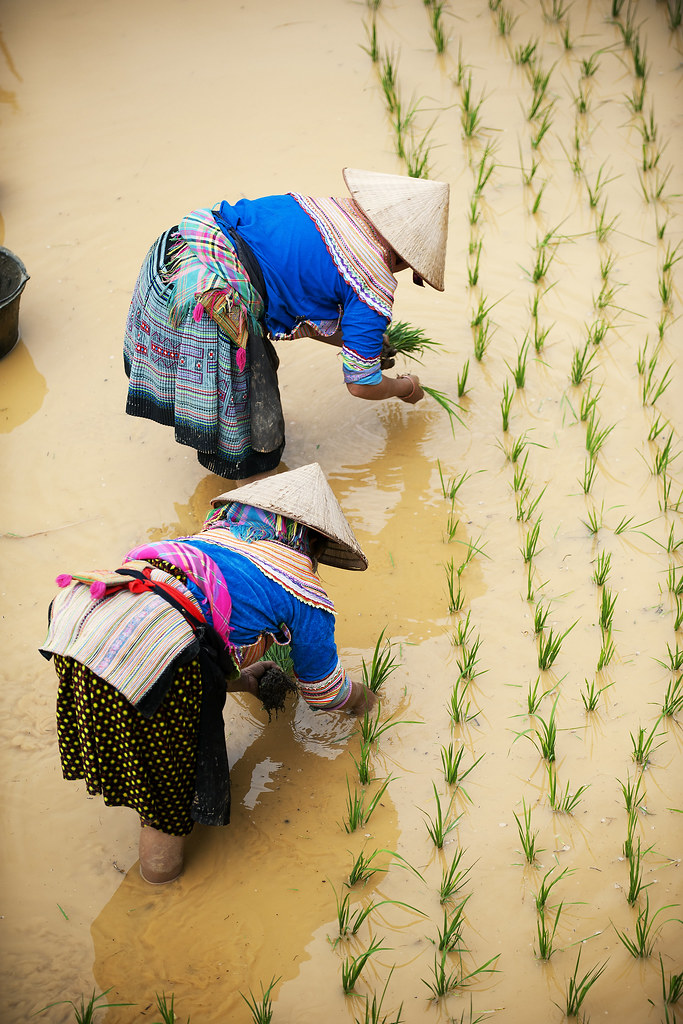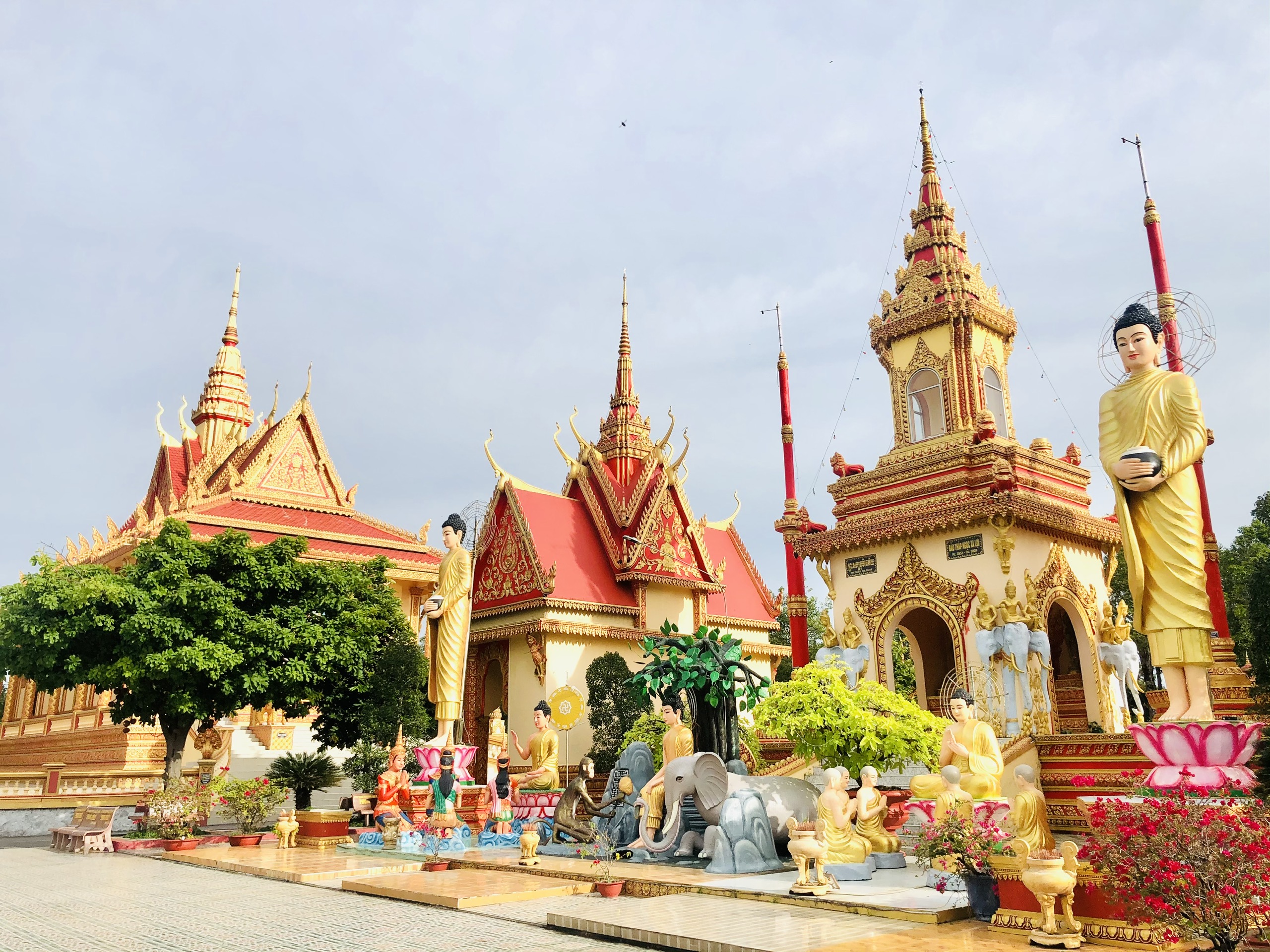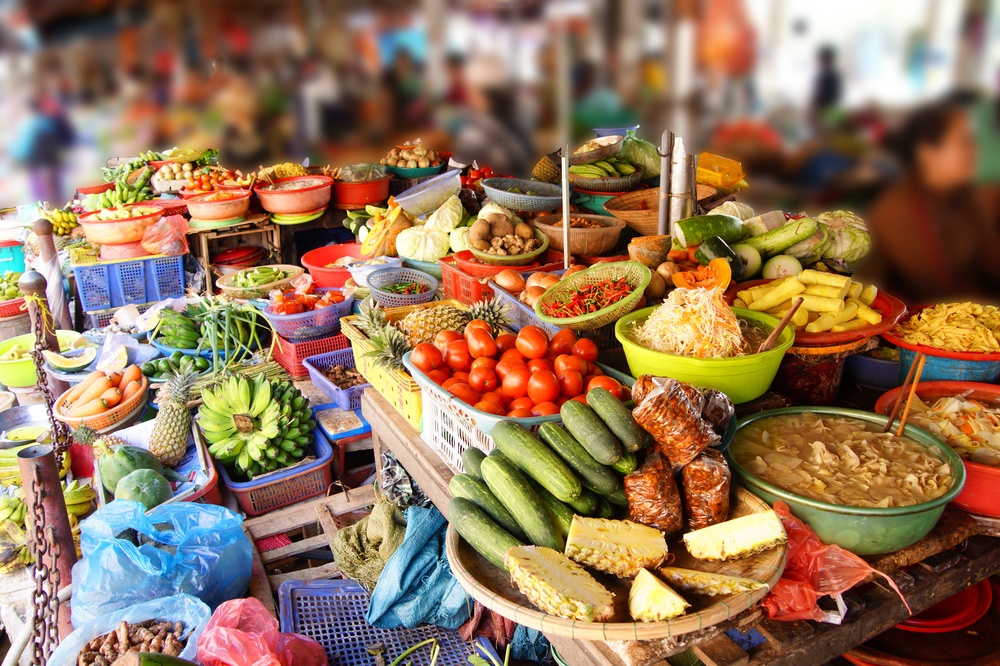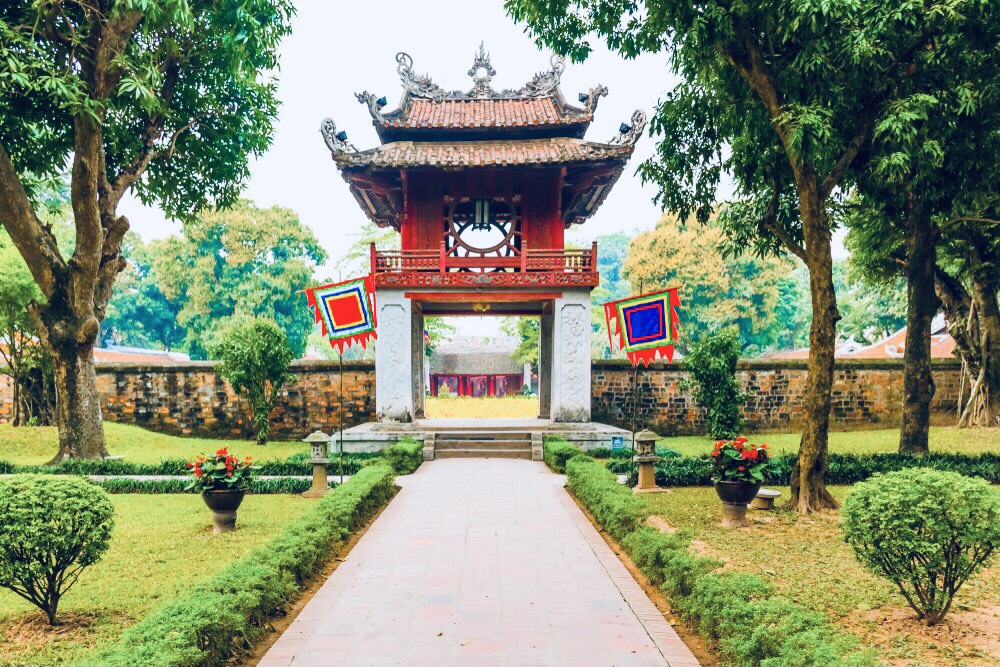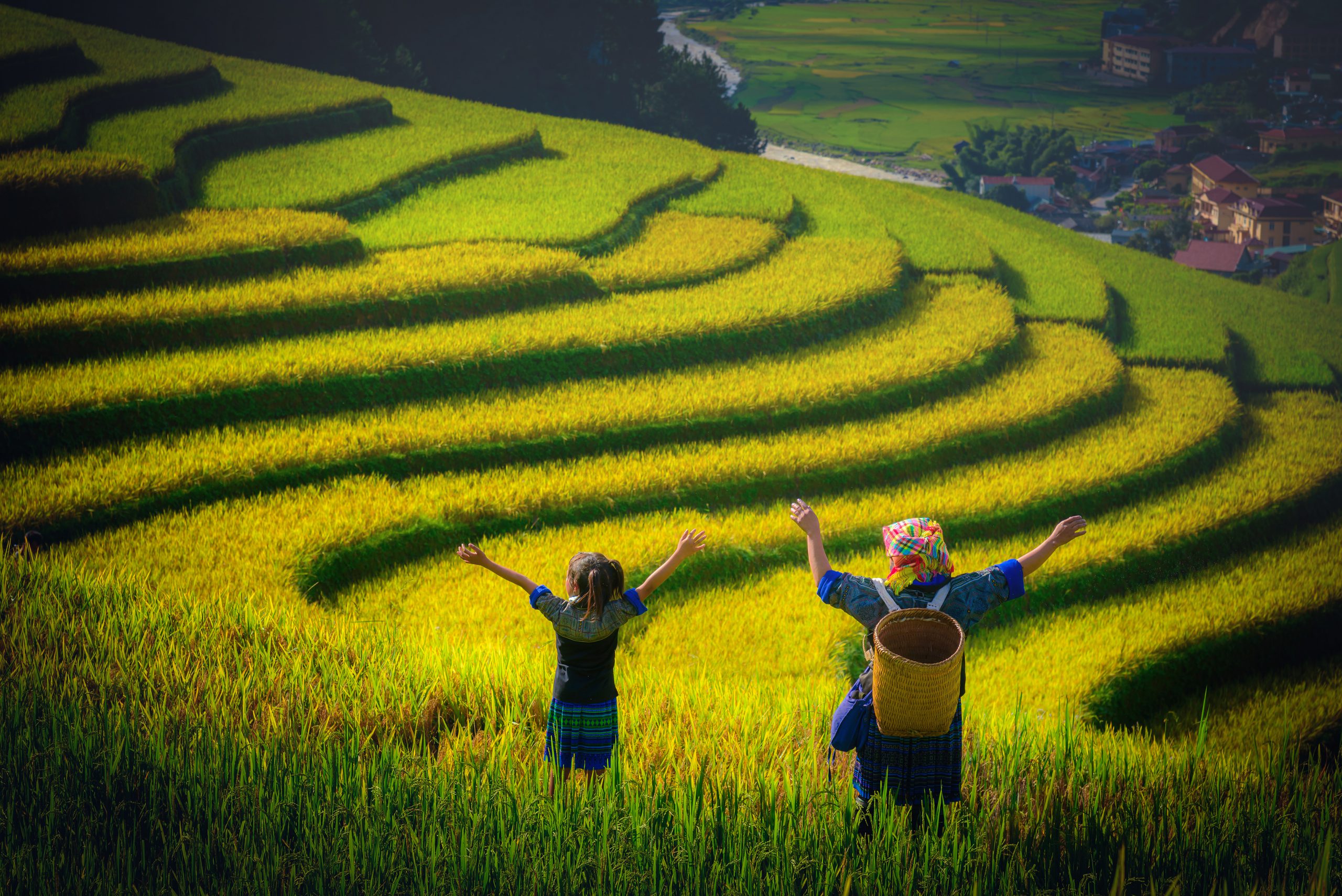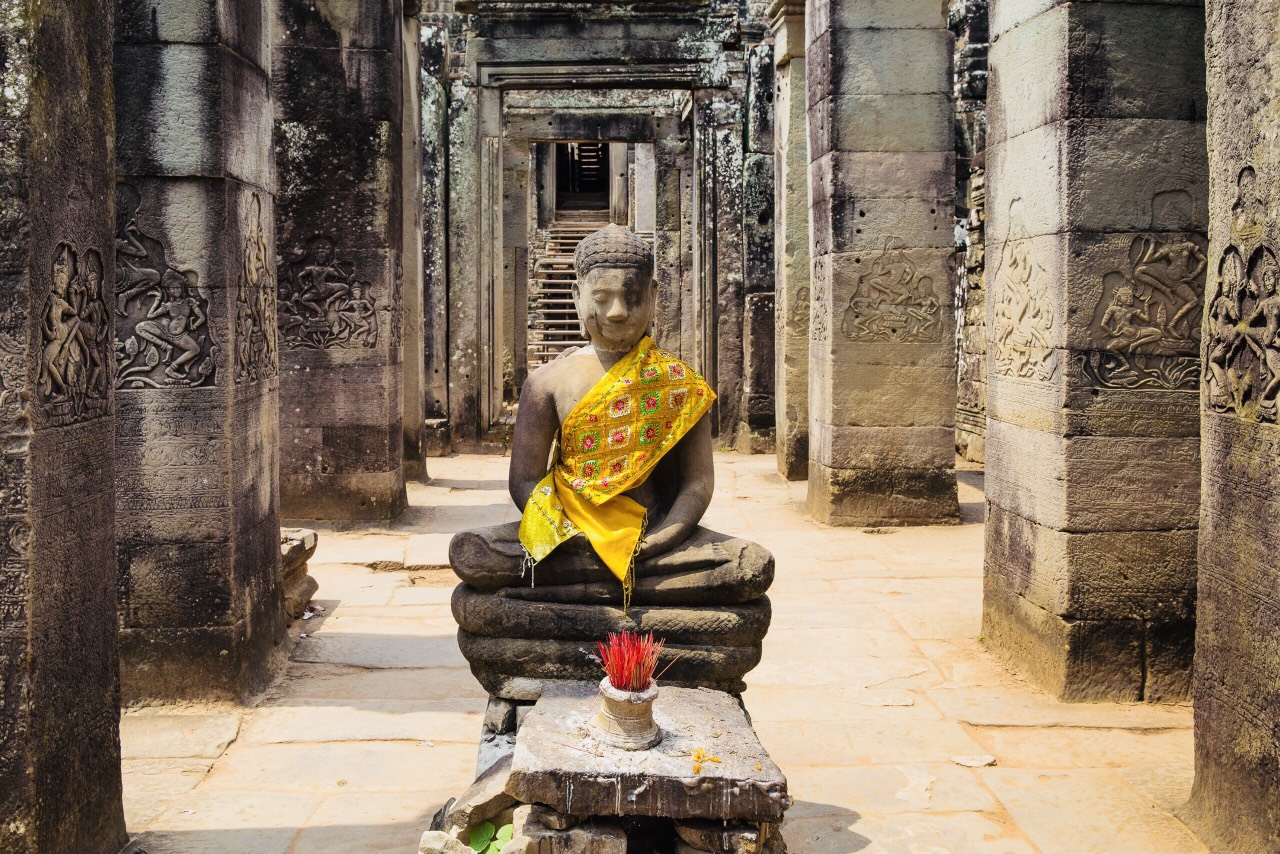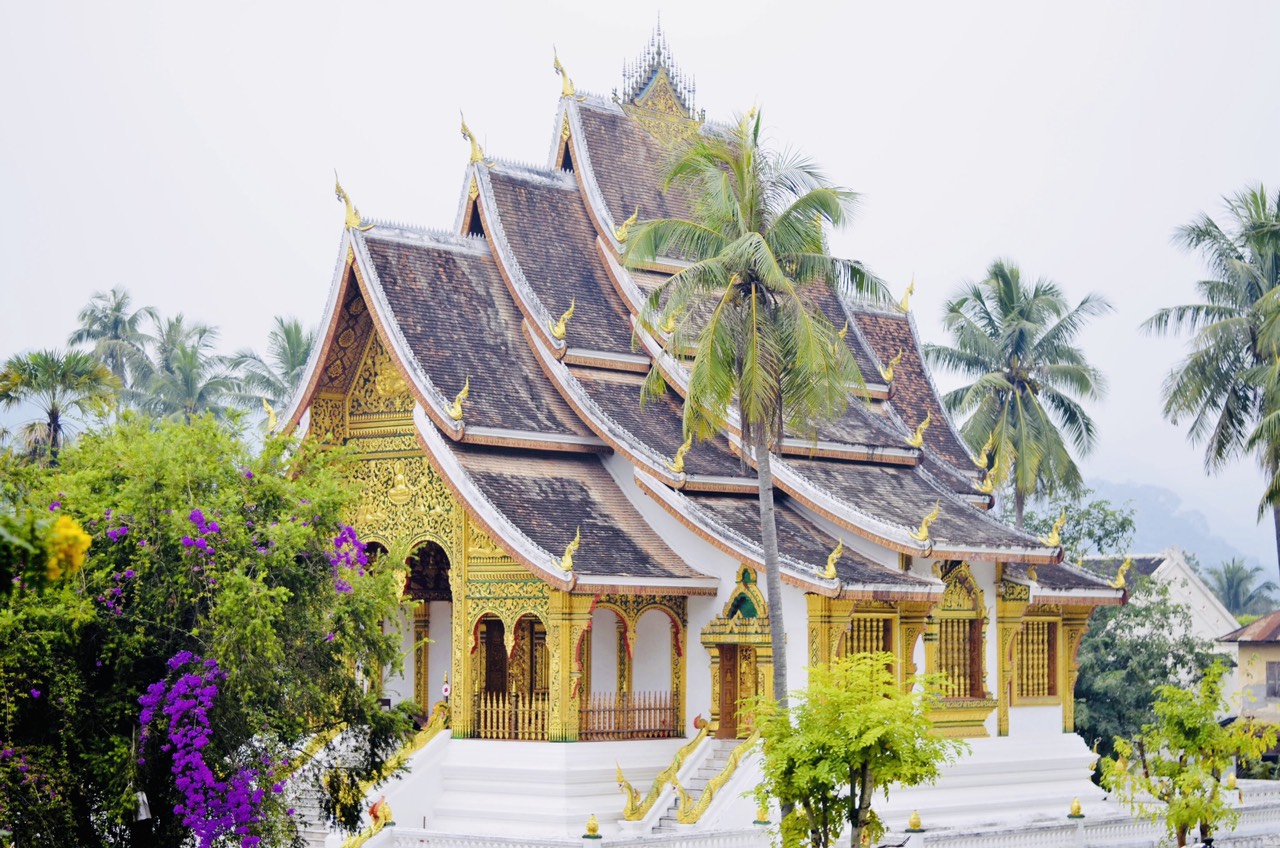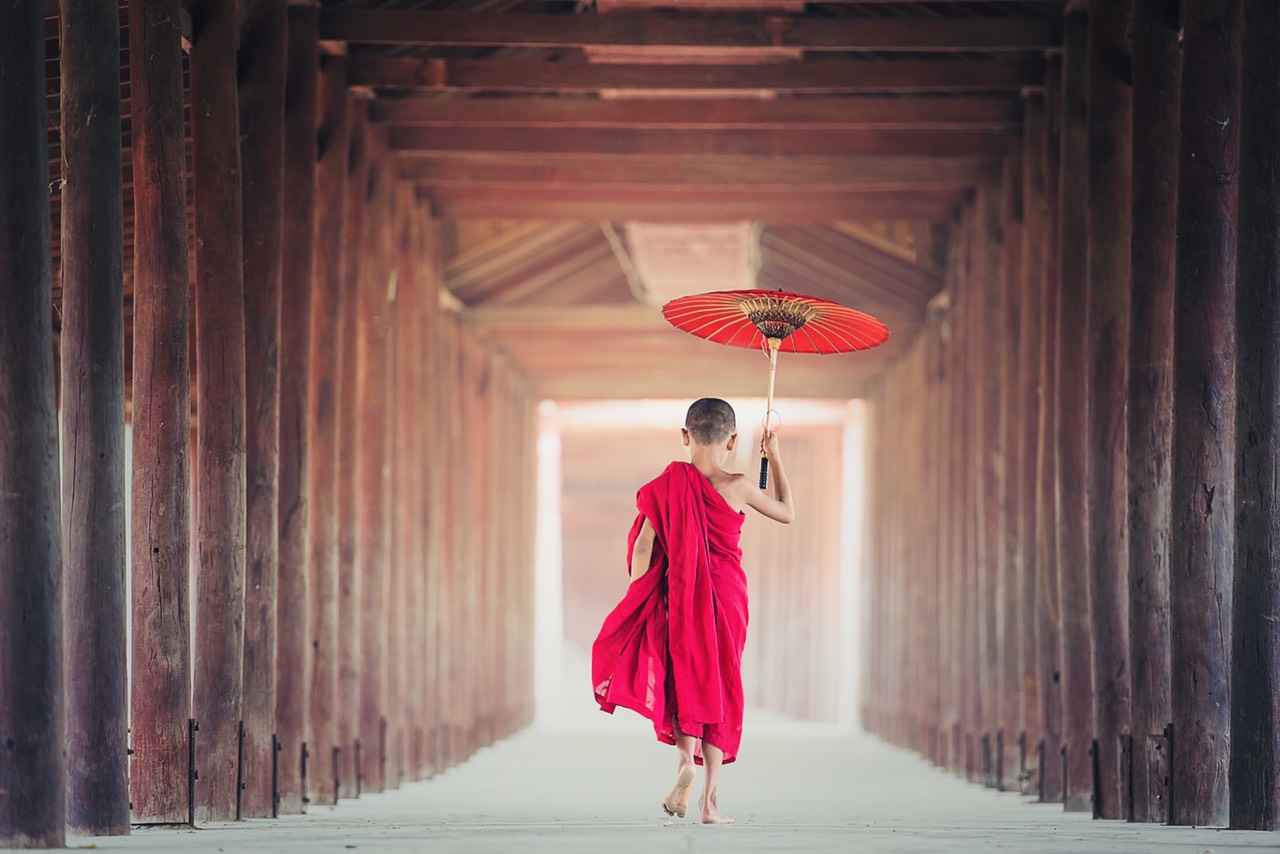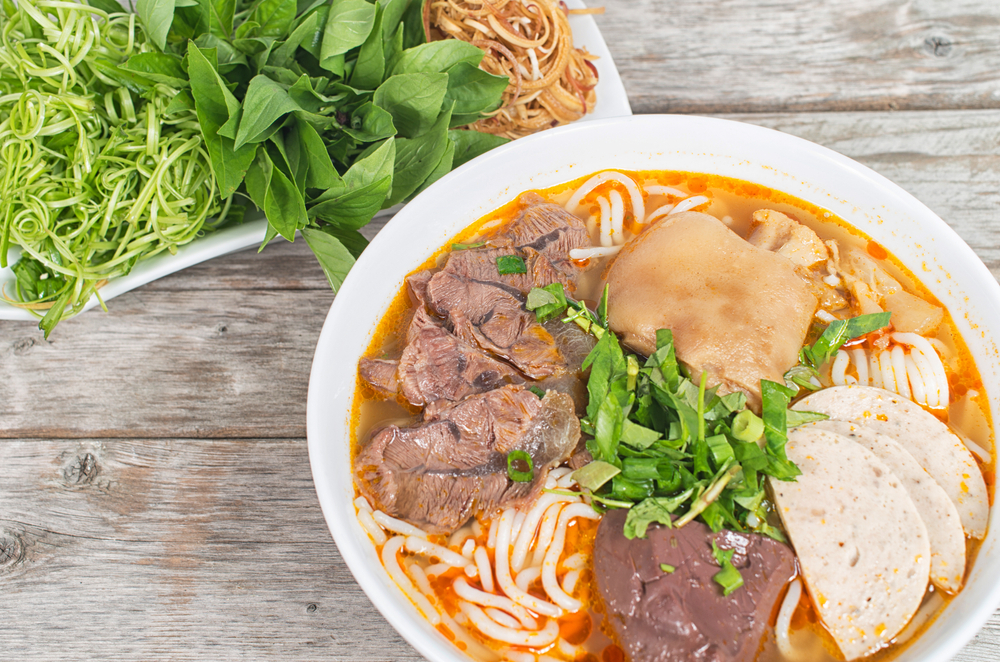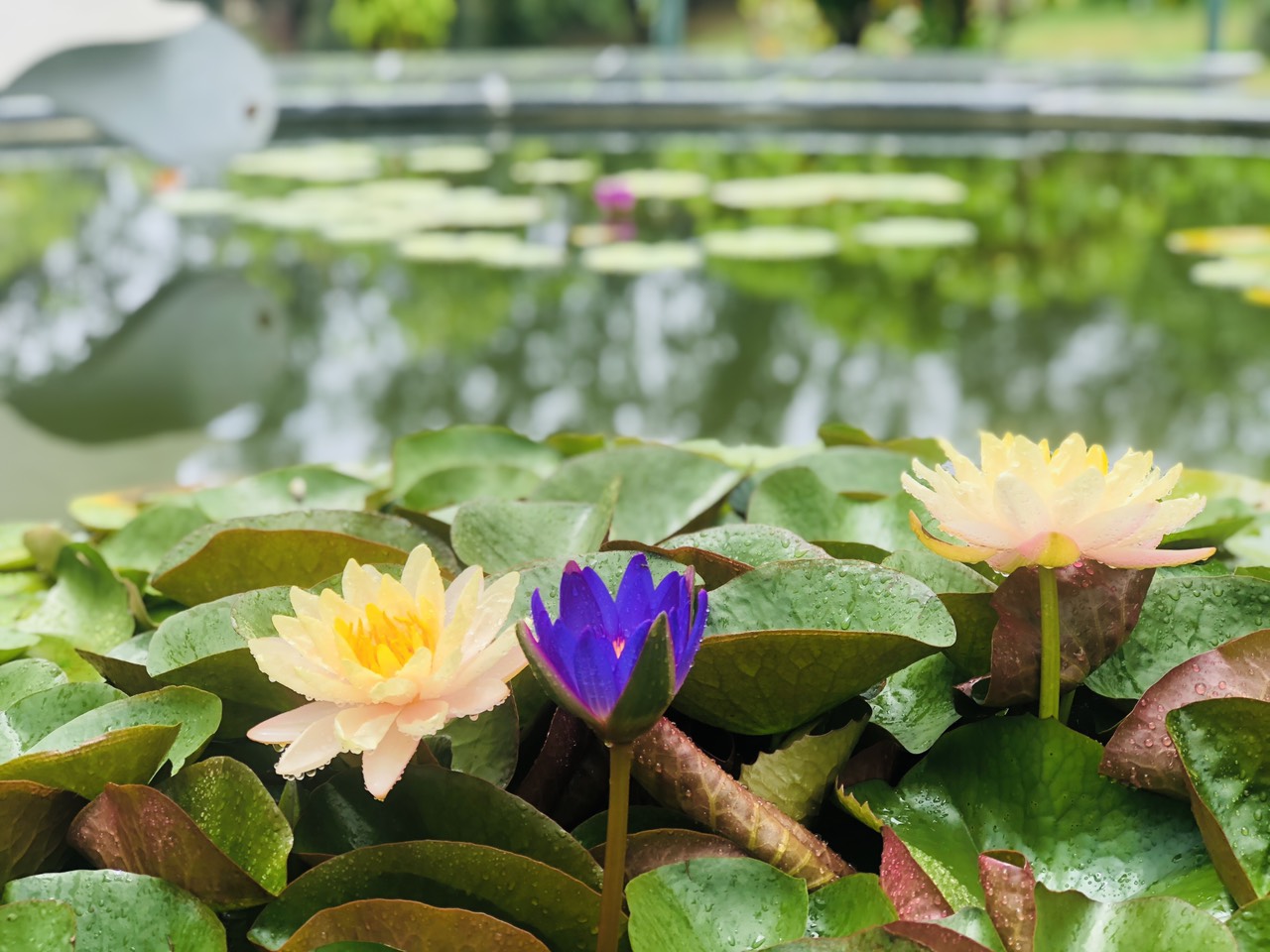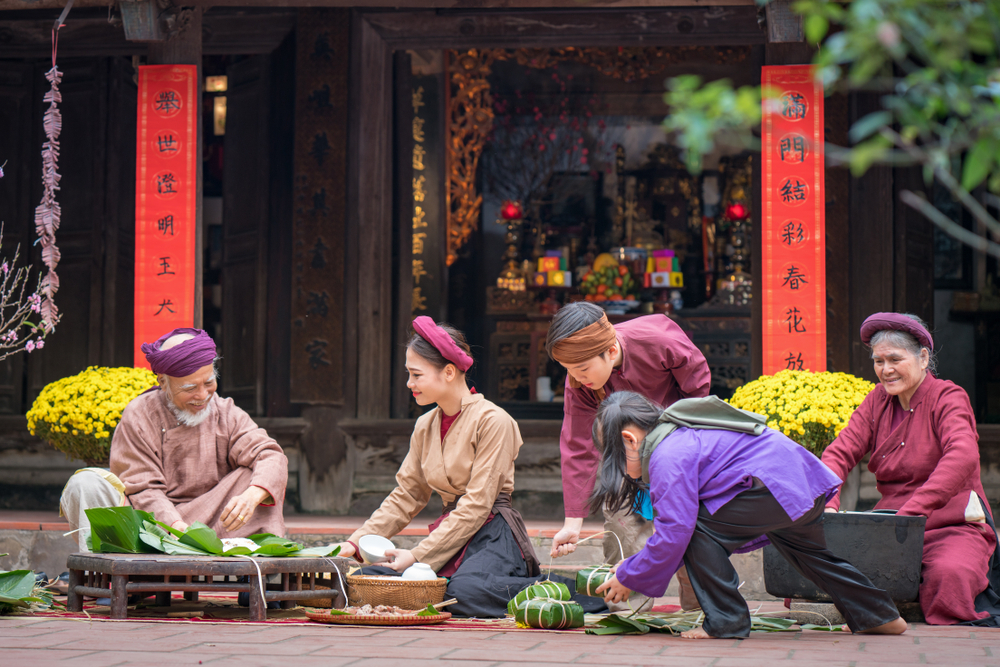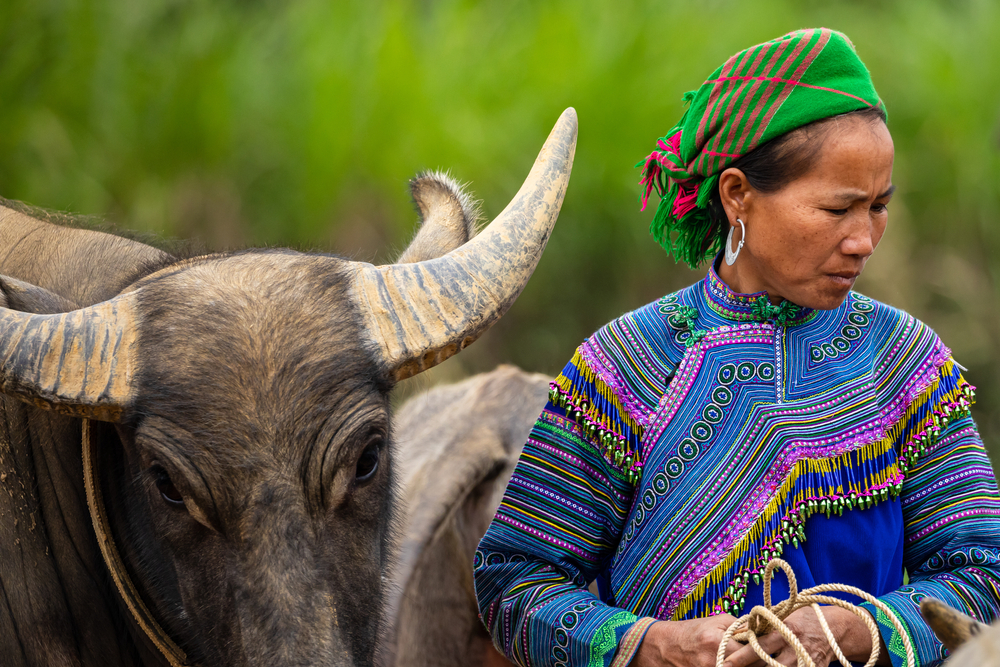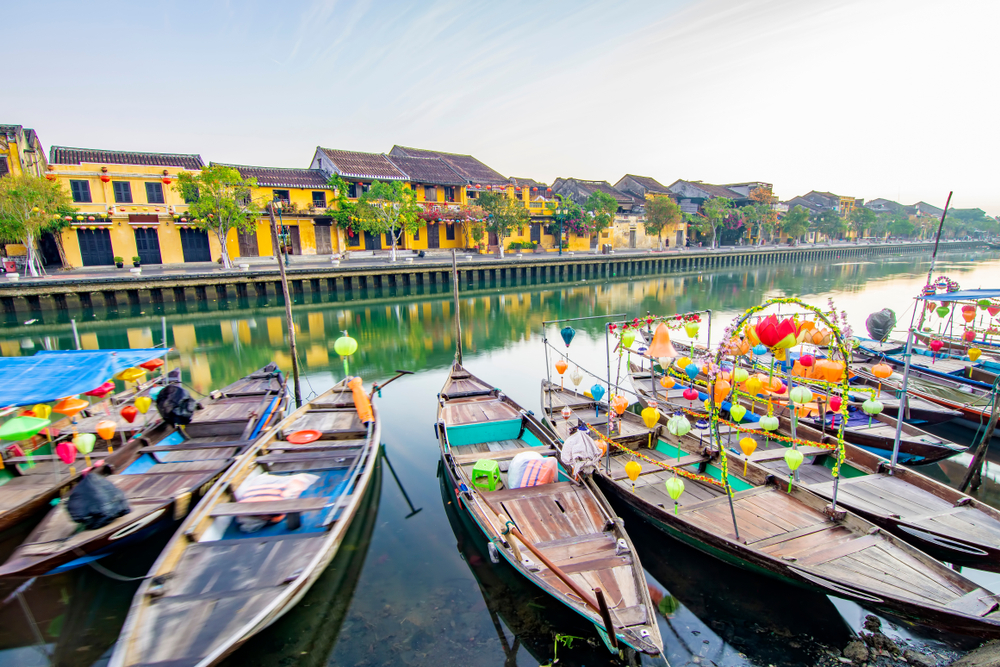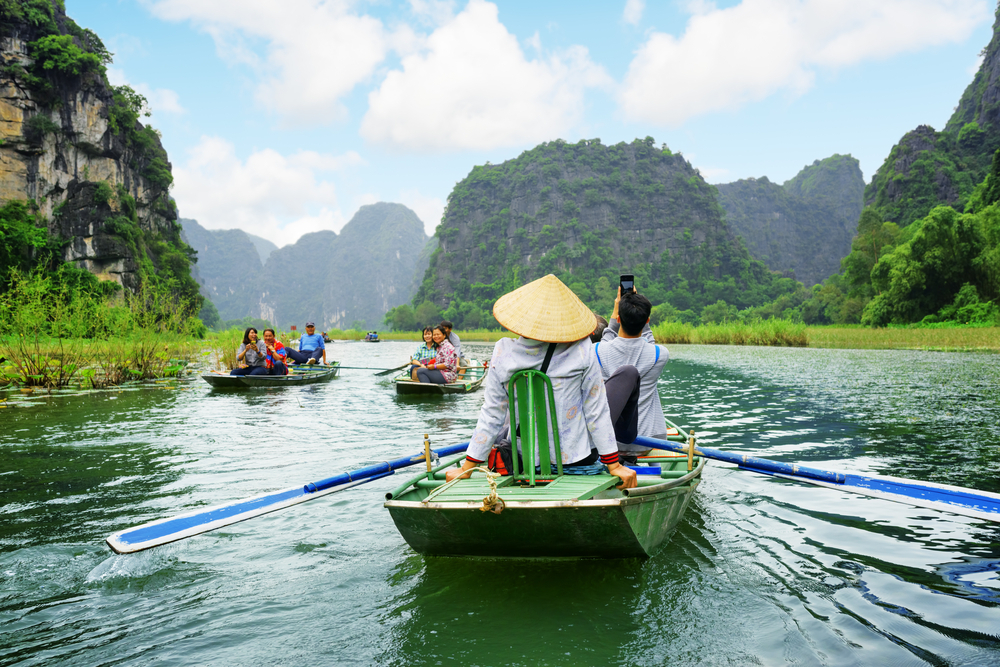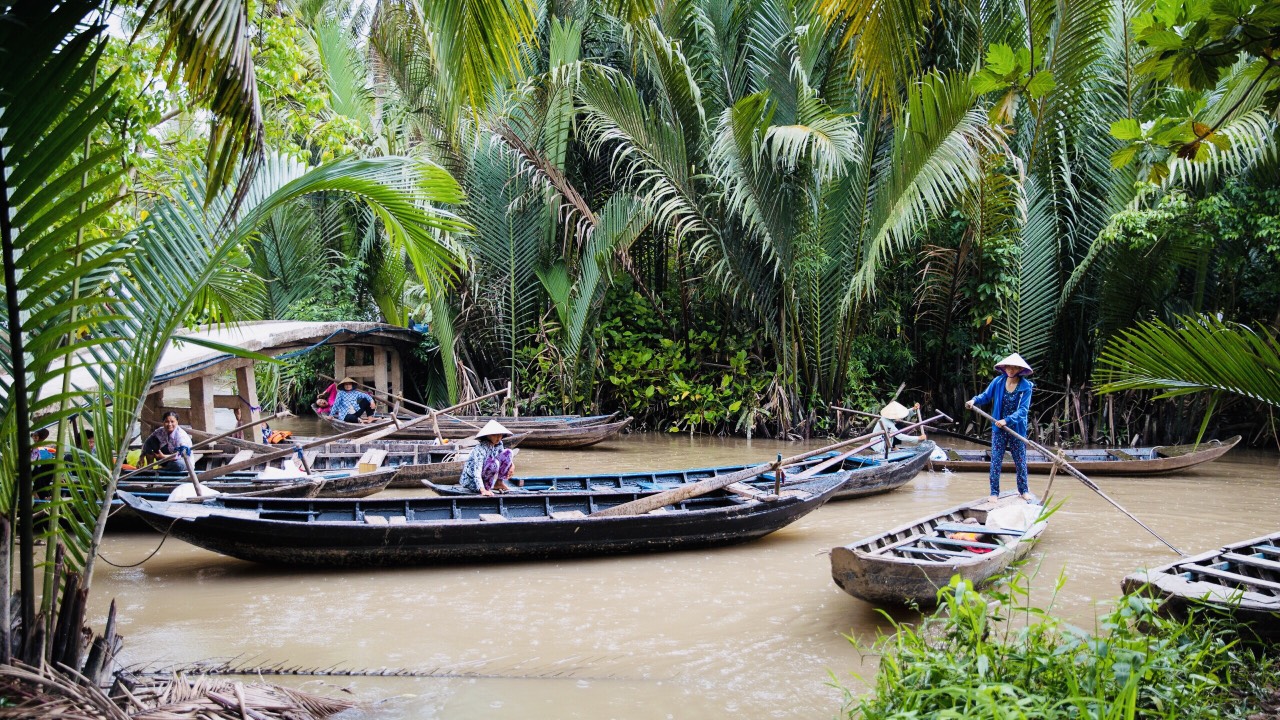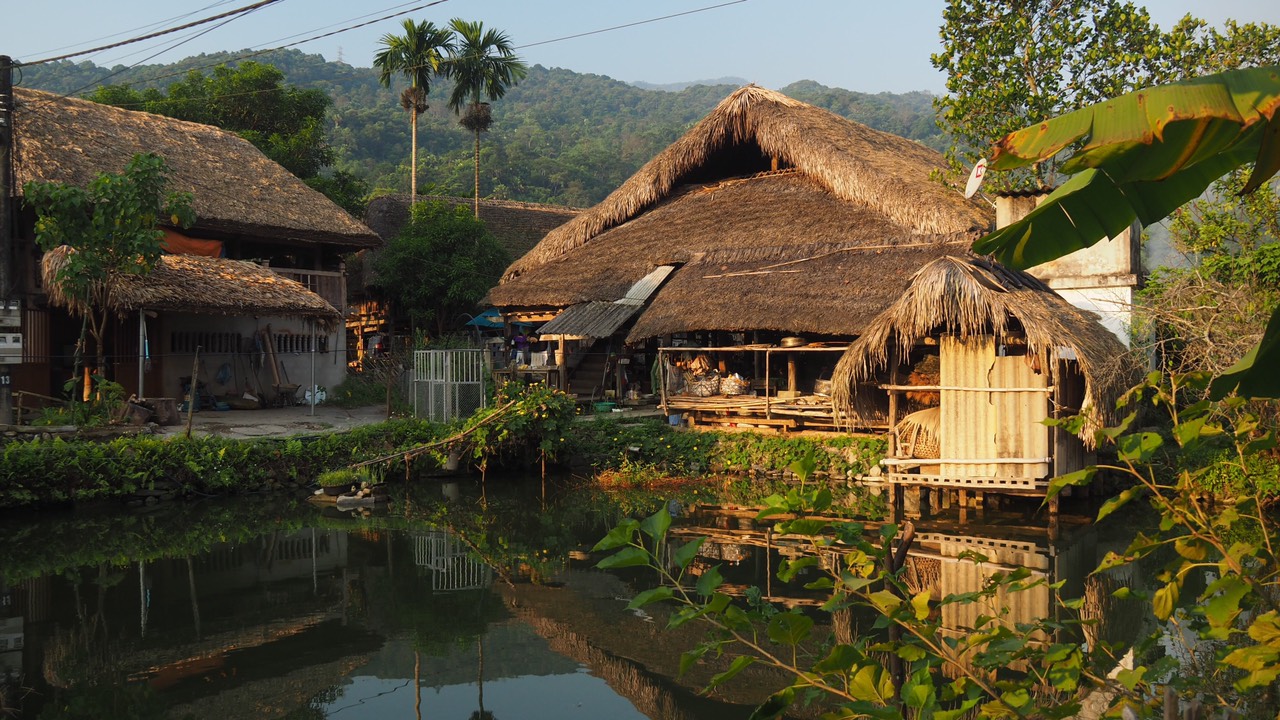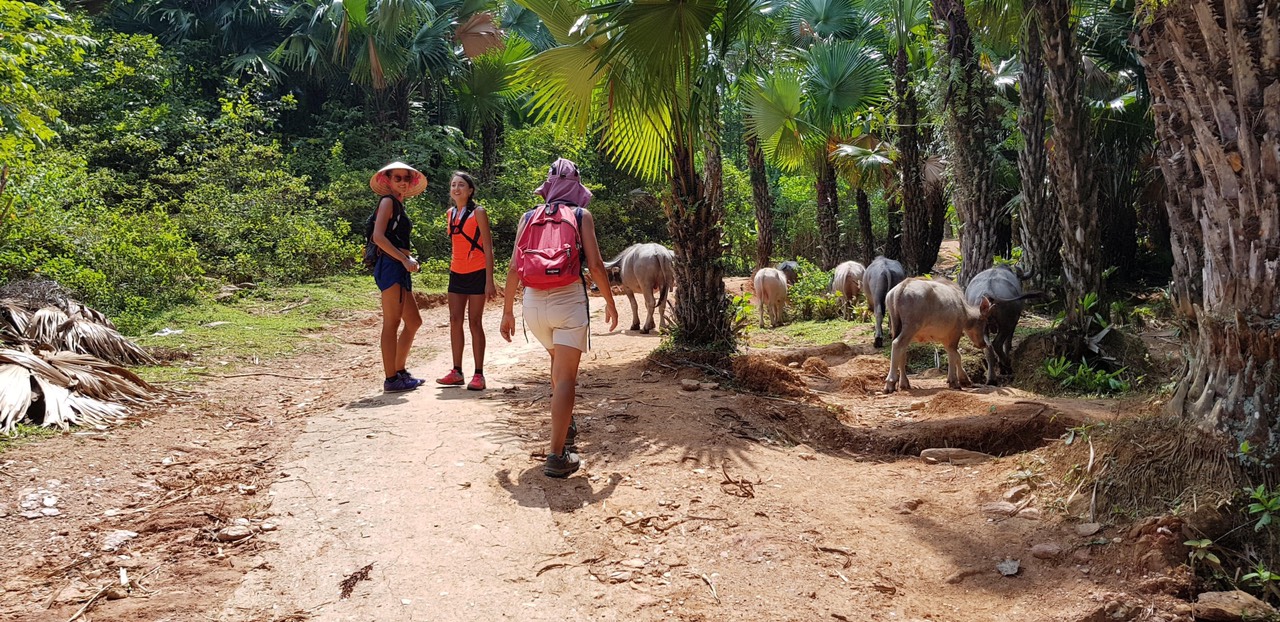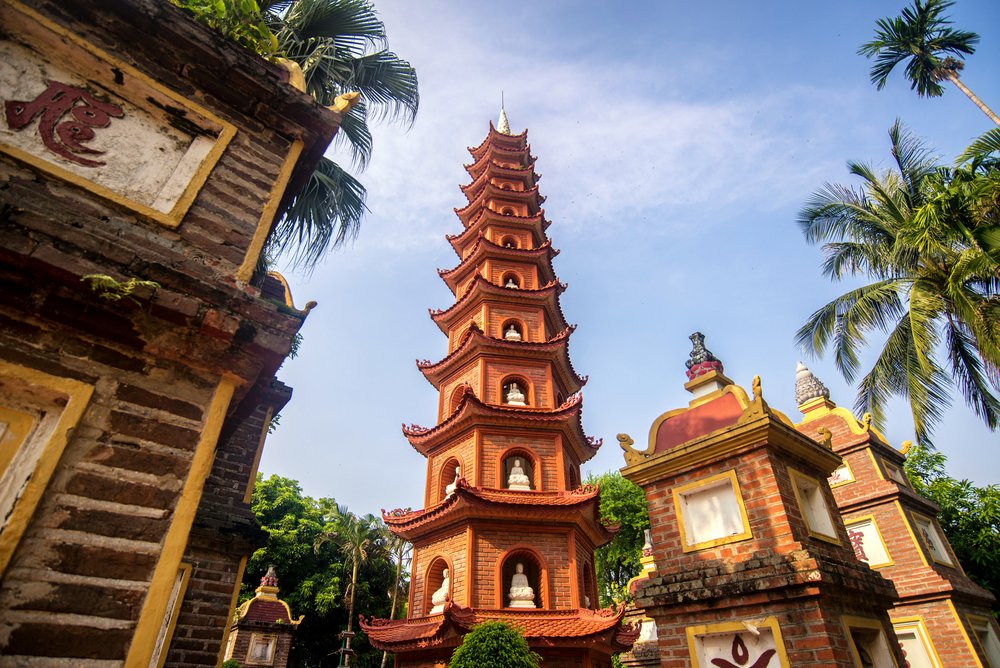
Vietnam is a Buddhist country with countless pagodas built during the different dynasties that succeeded each other. Some of these monuments were unfortunately destroyed during the numerous struggles for the liberation of the country. The others, preserved, were classified in the list of the cultural heritages of the country.
Before the construction of this place of worship, it is important to consider its location to be in harmony with the surrounding nature. Unlike the pagodas in Laos, Cambodia, Thailand or China, monumentality and sumptuousness are not part of the selection criteria in the construction of these buildings. This is why the materials used are essentially wood, brick, tile and clay found easily in the villages. The pagoda does not necessarily dominate the surrounding buildings. It can be found in almost every village in Vietnam.
Here is the list of the 13 most beautiful pagodas in Vietnam :
1. The pagoda with the unique pillar
With its unique lotus-shaped architecture in Asia, the One Pillar Pagoda is a legendary symbol of Hanoi. This pagoda was built in 1049 during the reign of Emperor Ly Thai Tông, the second representative of the Ly dynasty who reigned from 1028 to 1054.
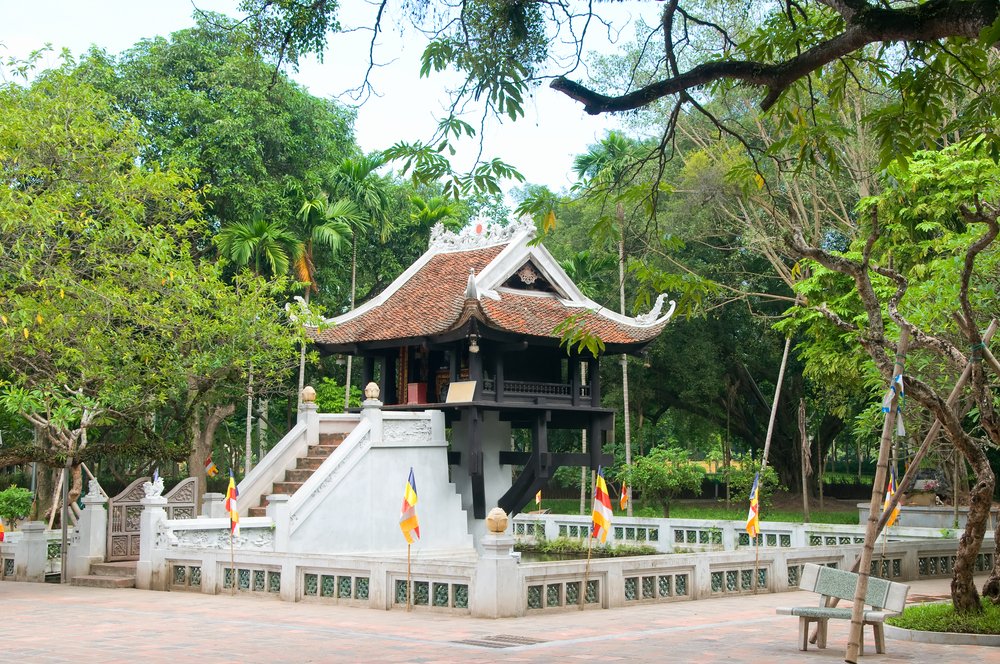
According to legend, Ly Thai Tông regularly visited Buddhist pagodas to pray for a son. During a dream, he saw the Goddess of Mercy sitting on a lotus in the middle of a lake who was handing him an infant. Later, one of his concubines gave birth to a boy. To thank the Goddess, the king built this pagoda in the shape of a lotus emerging from the lake.
Destroyed in 1954 during the war, this pagoda has been repeatedly rebuilt and restored.
Considered as one of the oldest monuments in Hanoi – one thousand years old – it is the symbol of the Vietnamese capital. This place of worship has a simple architecture with five elements of the Yin and Yang theory. This construction is formed by a square house on the outside representing yang, and a round pillar on the inside to support the pagoda representing yin.
The single pillar pagoda has both the architectural beauty and majestic, solemn elegance of a place of worship. Inside the pagoda is an altar in honor of Buddha and a statue of the Goddess of Mercy Quan Am, where women come to pray and bring offerings in the hope of having a child.
It is covered with a beautiful curved tile roof on top of which one can observe dragons.
2. Trân Quôc pagoda
Located on the islet Kim Ngu (Golden Fish), at the Western Lake, in Hanoi, Tran Quoc is the oldest pagoda of the Vietnamese capital, with more than 1,500 years of existence.

With its picturesque panorama and its architectural, historical and religious value, Trân Quôc has been classified by the Institute of Archaeology of the Far East as the tenth historical monument of all Indochina.
The highlight of its landscape is the garden of towers, some of which date from the 18th century. The site includes a grandiose tower built in 1998 with a height of 15m and 11 floors, erected in memory of the great Buddhist dignitary. In the shape of a hexagon, each floor contains 6 statues of Amitabha Buddha in valuable stone. At the top is a large lotus flower of nine levels made of precious stone.
In the middle of the garden grows a Bodhi tree (otherwise known as the Buddha tree) given by the Indian President during his visit to Hanoi in 1959.
The garden surrounding the pagoda is the ideal place to admire the sunset.
3. Bút Tháp pagoda
This magnificent pagoda is located in Dinh To commune, Thuan Thanh district, Bac Ninh province (25km from central Hanoi). It is one of the oldest Buddhist places of worship in Vietnam.
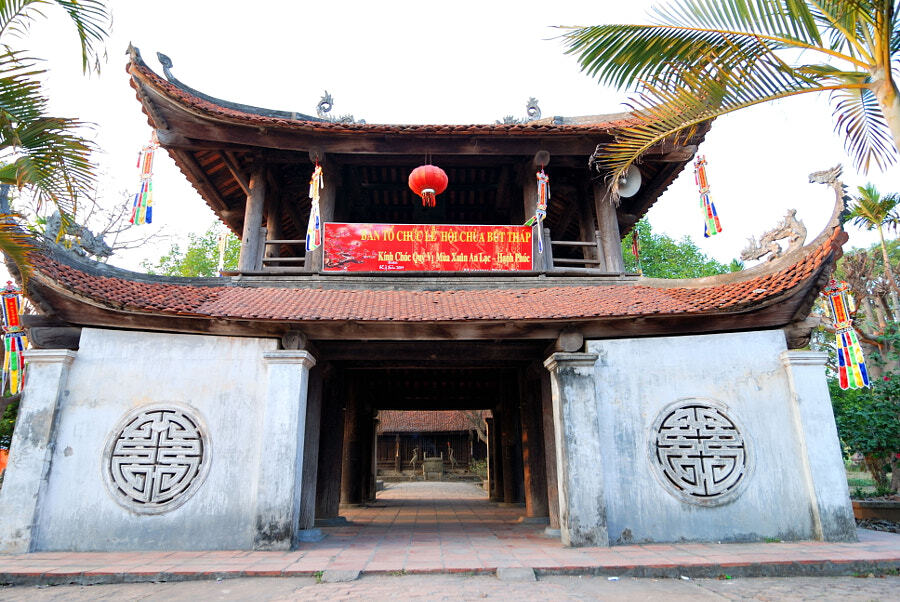
Its name means the Pagoda of the Brush Tower. This tower is unique in the country and looks like a big paintbrush. Built of white stones, it is 13 meters high and has five levels. The 13 bas-reliefs on its base represent finely carved sacred animals. A small dome has been erected at the top in a precious blue stone.
Inside the main building, one can admire arhats, religious objects, and the marvelous statue of the Goddess of Mercy with its thousand arms and thousand eyes.
The pagoda also houses the most beautiful of Vietnam’s three prayer wheels. Made of wood and decorated with carved patterns, it is shaped like an octagonal lotus flower and has nine levels representing the nine lives of Buddha.
The Bút Tháp pagoda attracts many pilgrims curious to discover the origin of Buddhism and its original architecture.
4. Tây Phuong pagoda
Located in the suburban district of Thach Thât in the capital of Hanoi, Tây Phuong is the second oldest pagoda in Vietnam, after Dâu, in the province of Bac Ninh.
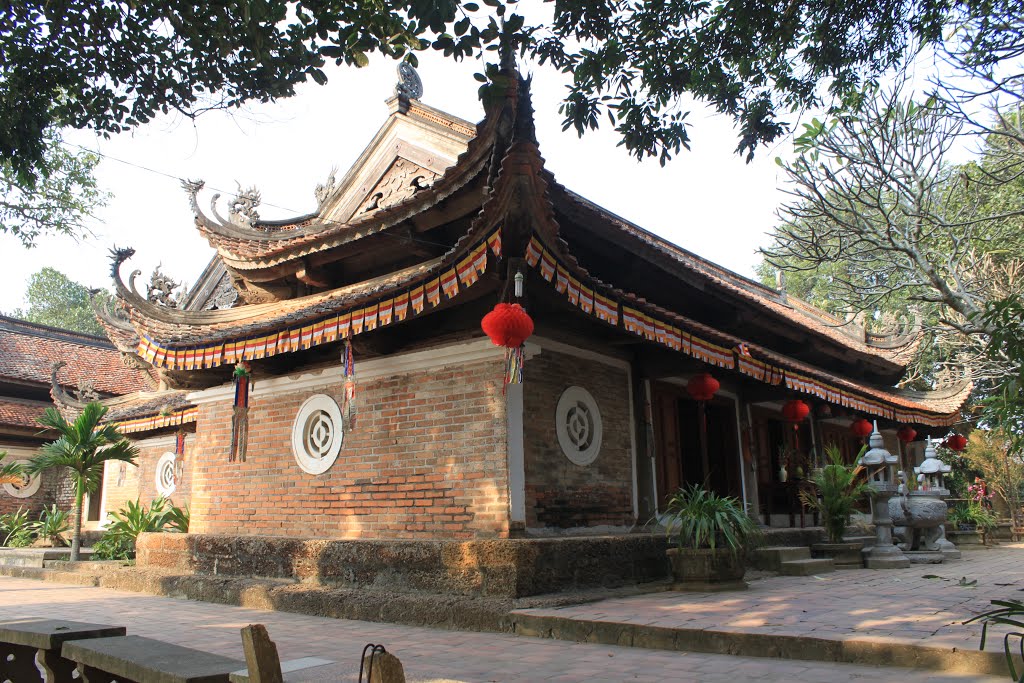
A staircase of 239 steps leads to the entrance of the pagoda which is located at Cau Lau mountain, Yen village, Thach Xa commune, Thach Thât district.
The brick walls of the Bat Trang ceramic village, the round windows symbolizing Yin and Yang and all the pillars placed on a blue stone in the shape of a lotus… create a superb architectural heritage.
The Tây Phuong pagoda is one of the treasures of Vietnamese Buddhist art. During their visit, pilgrims can admire its superb collection of Buddha statues. This place of worship is especially famous for its 62 magnificent statues of jackfruit wood, masterpieces of the 18th century: Vajrapanis (Kim Cuong), Sakyamuni in meditation, goddess with a thousand arms, bodhisattvas and, especially, 18 La Han (called “Arhat” in India) very skilfully carved. Copies of these works can be found in the Hanoi Museum of Fine Arts.
5. Perfume Pagoda
The Perfume Pagoda is a Buddhist architectural complex cohabiting in perfect harmony with nature, in the suburban district of My Duc, 70 km from downtown Hanoi.
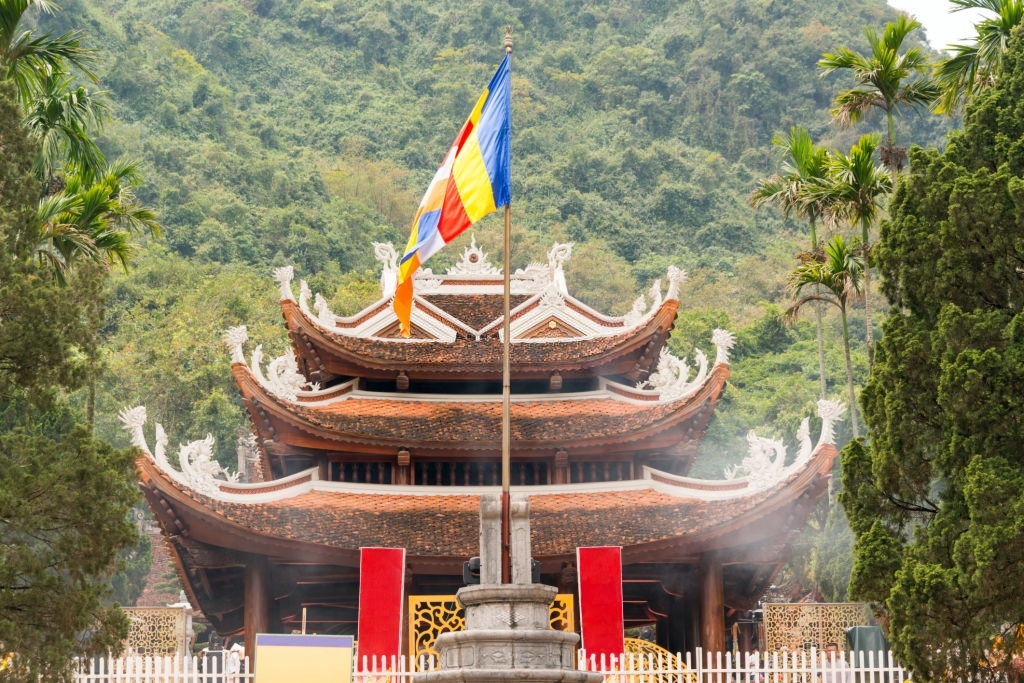
Nestled in the limestone cliffs of Huong Tich Mountain (Scented Footprint Mountain), Buddhist temples and shrines are part of the site including the Thien Tru Pagoda (Path of Heaven), the Giai Oan Pagoda (Purgatory/Disculpation) and the Scented Footprint Cave.
In front of the Giai Oan pagoda, there is a stream with nine springs, called “stream of exculpation”, where deities purify souls, appease sufferings. There is also a pond called Thiên Nhiên Thanh Tri (natural blue pond), also called Long Tuyên well.
During its annual festival, tens of thousands of pilgrims take the way to the Perfume pagoda from the 6th day of the first moon to the last week of the 3rd moon. It is the longest festival in North Vietnam.
Tourists have to take a boat to reach these mountainous places and continue on foot or by cable car.
6. Bai Dinh Pagoda in Ninh Binh
Covering an area of 700 ha, Bai Dinh is the largest pagoda in Vietnam but also in Southeast Asia. This complex of Buddhist temples is located in the mountain of Bai Dinh, district of Gia Viên, province of Ninh Binh (North).
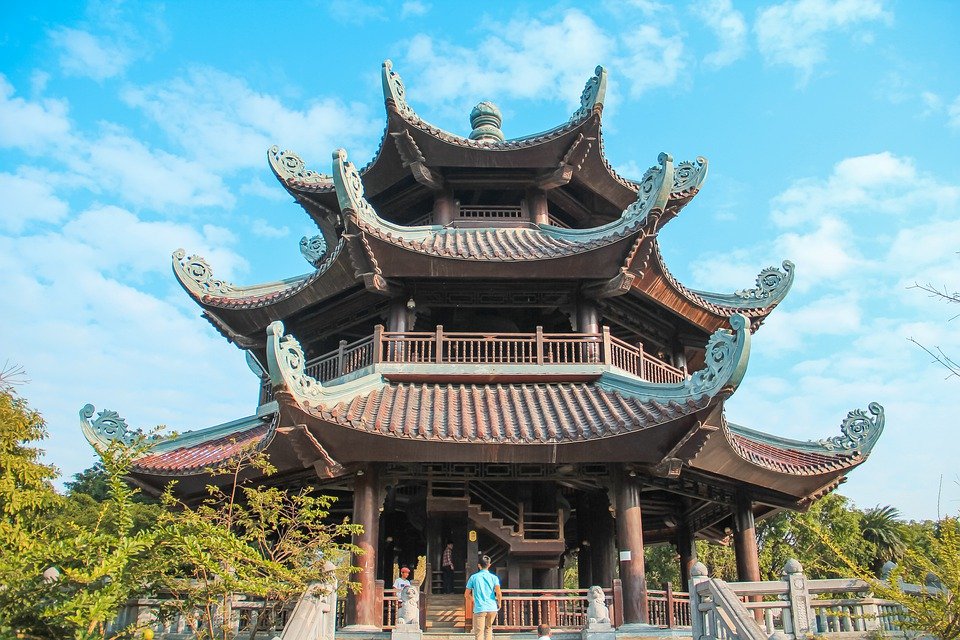
It is composed of an old pagoda and a new pagoda whose construction began in 2003. The first one is located on Dinh Mountain, which is 187m high. One must climb more than 300 steps to reach it. This building has a main sanctuary, flanked by two caves: Sang (Light) and Tôi (Dark).
Located 800 meters from the old pagoda, the second one is located on the side of Ba Rau hill, facing Dâm Thi lake and Hoàng Long river.
Bai Dinh can be considered as the pagoda of all records. It holds 12 national records: the largest copper bell, the highest and heaviest statue of Sakyamuni, the three largest Buddha (past, present and future) in copper, the longest corridor of 500 statues of arhats…
7. Thien Mu Pagoda in Hue
Located on the hill of Hà Khê, on the left bank of the Perfume River, this is one of the most beautiful and best preserved cult sites in Vietnam.
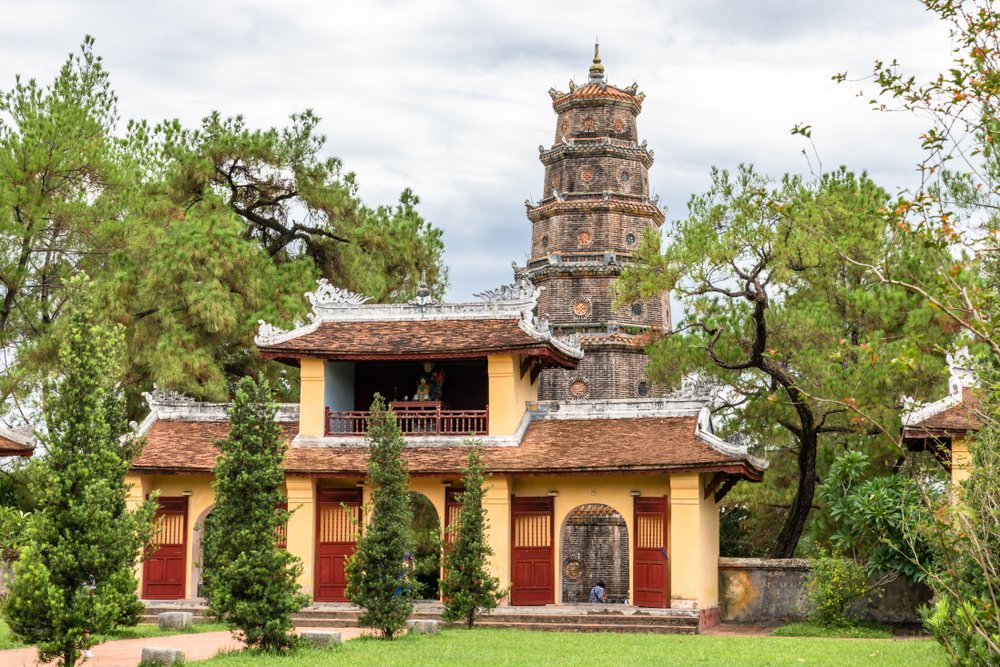
From afar, one can see the octagonal Phuoc Duyen tower with seven levels (symbolic number of Buddhism) with a total height of 21m. Next to the stupa, there is a pavilion housing a giant bronze bell. Weighing nearly 3.3 tons, the copper bell was cast in 1710. The sound of the bell can be heard from 10 kilometers away.
The Dai Hùng shrine is the most important building in the pagoda. Several ancient bronze Buddha statues created by Hue craftsmen are preserved there, as well as a bronze gong cast in 1677 and a gilded cross-panel offered by Lord Nguyen Phuc Chu in 1714.
8. Linh Ung Pagoda – Bai But in Dà Nang
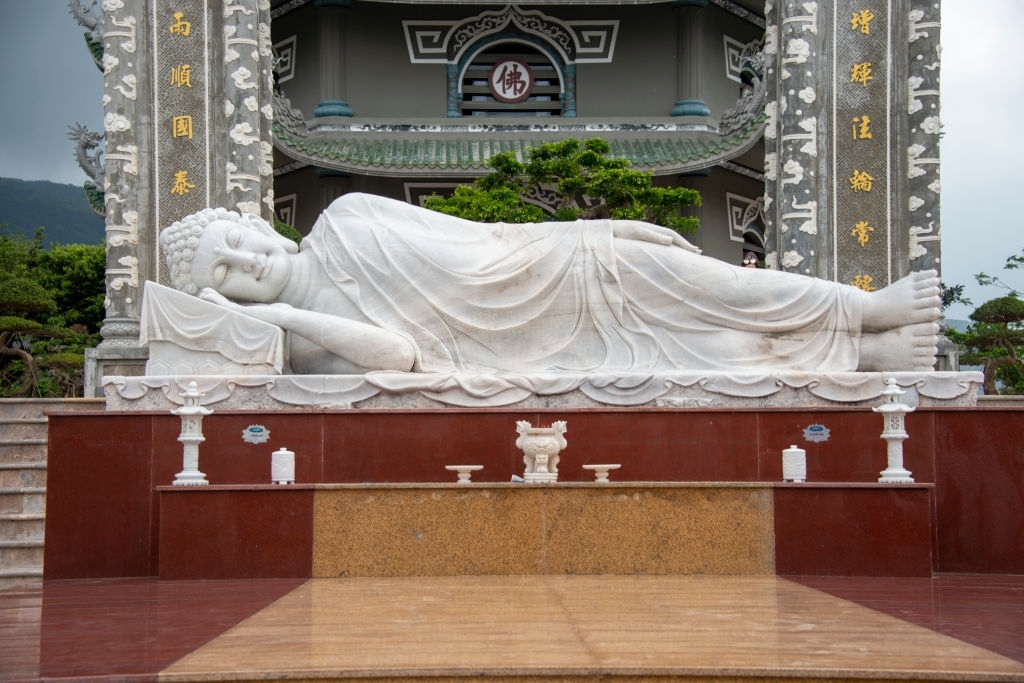
There are three pagodas named Linh Ung in Dà Nang. The Linh Ung – Bai But pagoda is the largest, located on Son Trà Island, 10 km northeast of downtown Dà Nang. From a distance, one can easily see the statue of the goddess Quan Yin with a height of 67 m. This statue is the largest in Vietnam. Linh Ung – Bai But Pagoda is considered as the protector of the city against natural disasters and protector of the fishermen in the sea. It is one of the attractive destinations in Dà Nang.
9. Buu Long Pagoda in Ho Chi Minh City
Located in the 9th district of Ho Chi Minh City, the Buu Long pagoda is a real architectural jewel, with a style influenced by Asian movements assembled with harmony: Thai, Indian, Laotian, Burmese and Vietnamese.
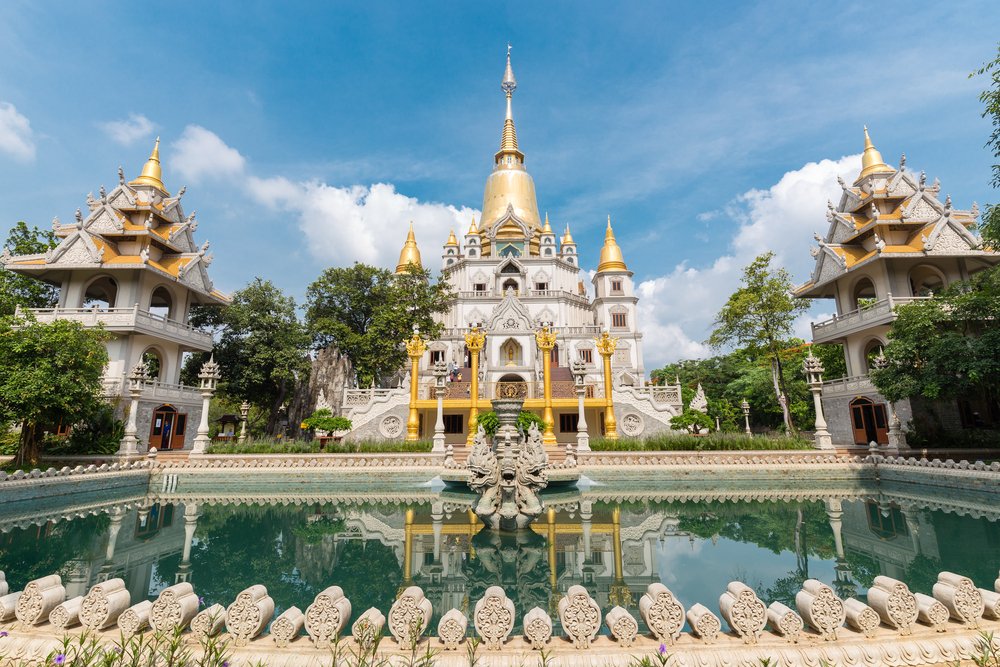
Buu Long Pagoda has two main areas: the main temple and the surrounding campus. The pagoda was built entirely according to the design of the monk Thich Viên Minh.
One of the highlights of the pagoda is the main stupa which is the largest in Vietnam, 56 m high with four surrounding auxiliary towers. This work was built in the style of Thai temples with a brilliant white and yellow color.
Surrounded by lush vegetation, Buu Long is an ideal place for meditation and serenity.
10. The Zen monastery Truc Lam of Da Lat
The Zen monastery Truc Lâm of Da Lat, covers an area of about 24 hectares with a Buddhist institute and a garden of 22 hectares. It was inaugurated in 1994.
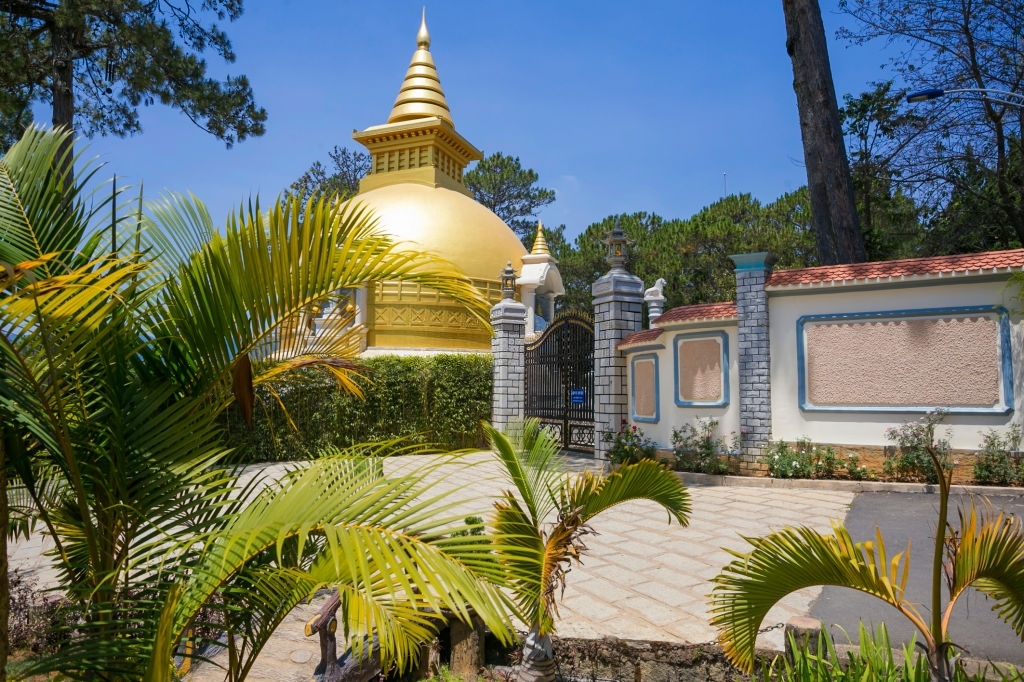
In addition to Truc Lâm of Da Lat, Vietnam counts the 2 other great Zen monasteries of the Truc Lâm sect: Truc Lâm of Yên Tu (province of Quang Ninh), Truc Lâm of Tây Thiên (province of Vinh Phuc). The Zen sect Truc Lâm, founded by King Trân Nhân Tông in the 13th century, has played a central role in Vietnamese Buddhism for centuries.
5 km from the city center, the monastery is located on the mountain, next to Tuyen Lam Lake and surrounded by thousands of green pines. Truc Lâm can be reached by a cable car from a hill overlooking Da Lat.
A small pagoda of the same name “Chùa Trúc Lâm”, is located in the heart of the city of Da Lat
11. La pagode Minh Thành
Built in 1964, the Minh Thành pagoda has long been a place of worship for Buddhists not only in the city of Pleiku but also in the entire Central Highlands region.
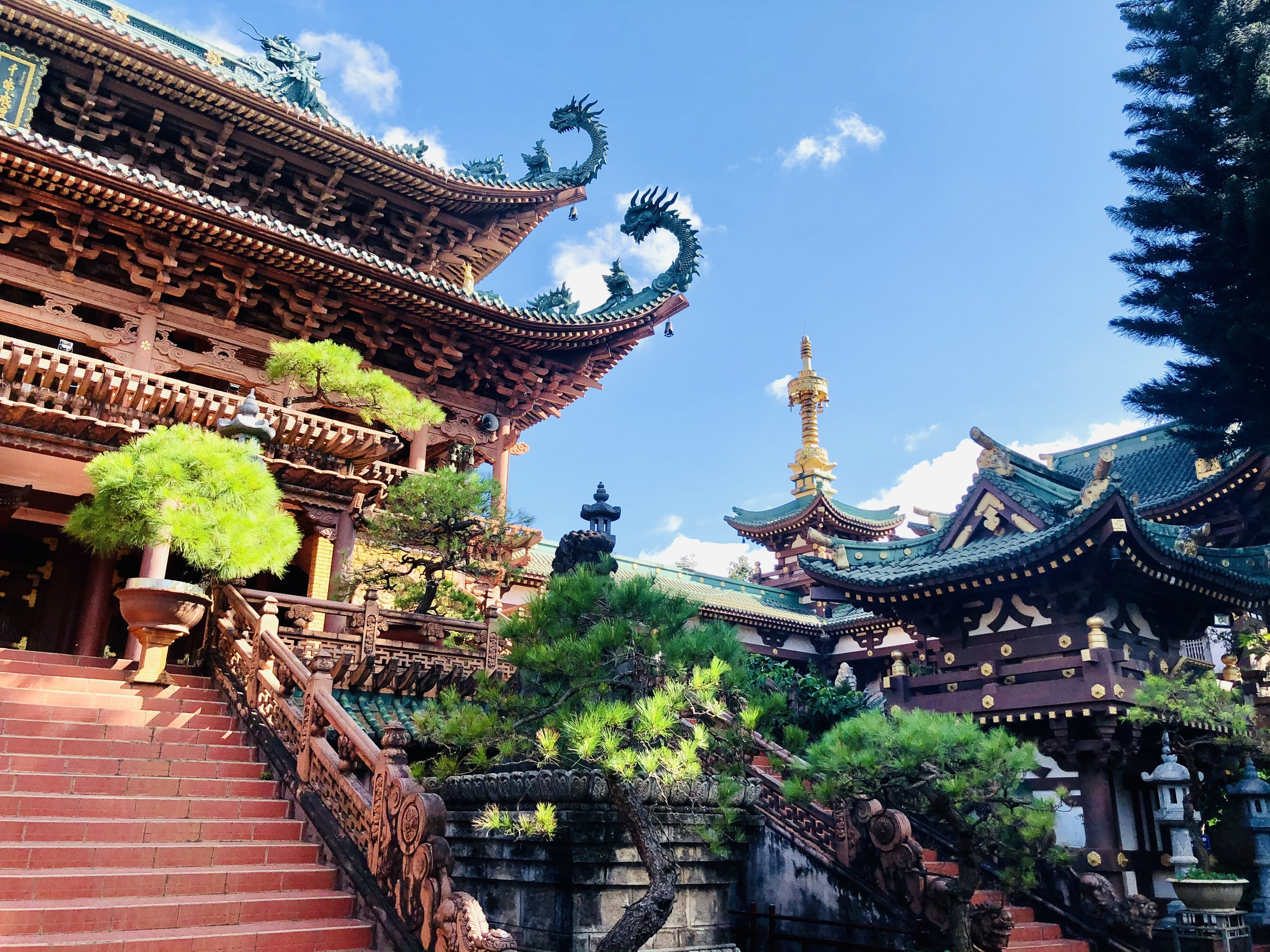
Located on a gently sloping hill, about 2 km from the city center, this pagoda is distinguished by a unique architectural complex of remarkable beauty.
Its unique architecture is marked by the influences of Japanese, Chinese and Taiwanese style.
Its interior is decorated with small ponds and bonsai trees of all kinds, creating a green and harmonious beauty to this solemn space.
When you visit the pagoda, you can see from afar its 9-story stupa of 70m high containing Buddha relics. With its essential color of red and yellow, this one attracts the attention of the visitors as soon as they arrive.
Upon entering this pagoda, visitors leave behind all their daily worries and immerse themselves in the beauty and tranquility.
12. The Ba Chua Xua Temple in Chau Doc
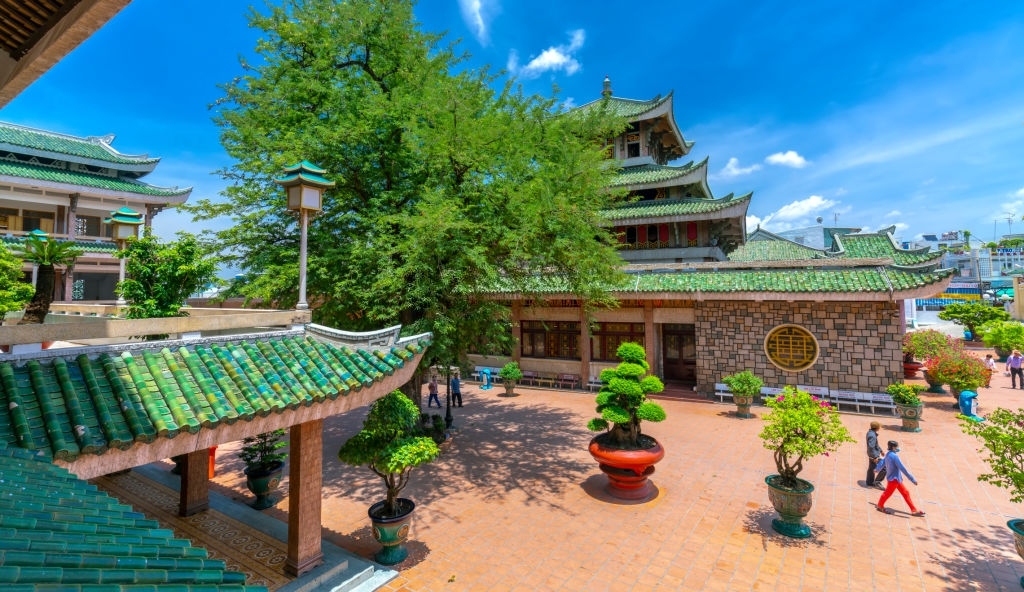
When we talk about Mount Sam or the city of Châu Dôc, we immediately think of the sanctuary of Holy Mother Xu, famous not only in the province of An Giang but also in the whole southern region. This place of worship attracts four million visitors annually to contemplate, make pilgrimage, present offerings and strengthen their faith.
The shrine is not only known for its spiritual values but also for its unique and beautiful architecture. Originally, it was made of rudimentary materials – leaves and bamboo. In 1870, it was rebuilt with bricks. Between 1972 and 1976, during a major renovation by architects Huynh Kim Mang and Nguyen Ba Lang, a three-story tower in the shape of a lotus flower was added. Its roofs were then covered with blue jade tiles.
13. Xiêm Can pagoda
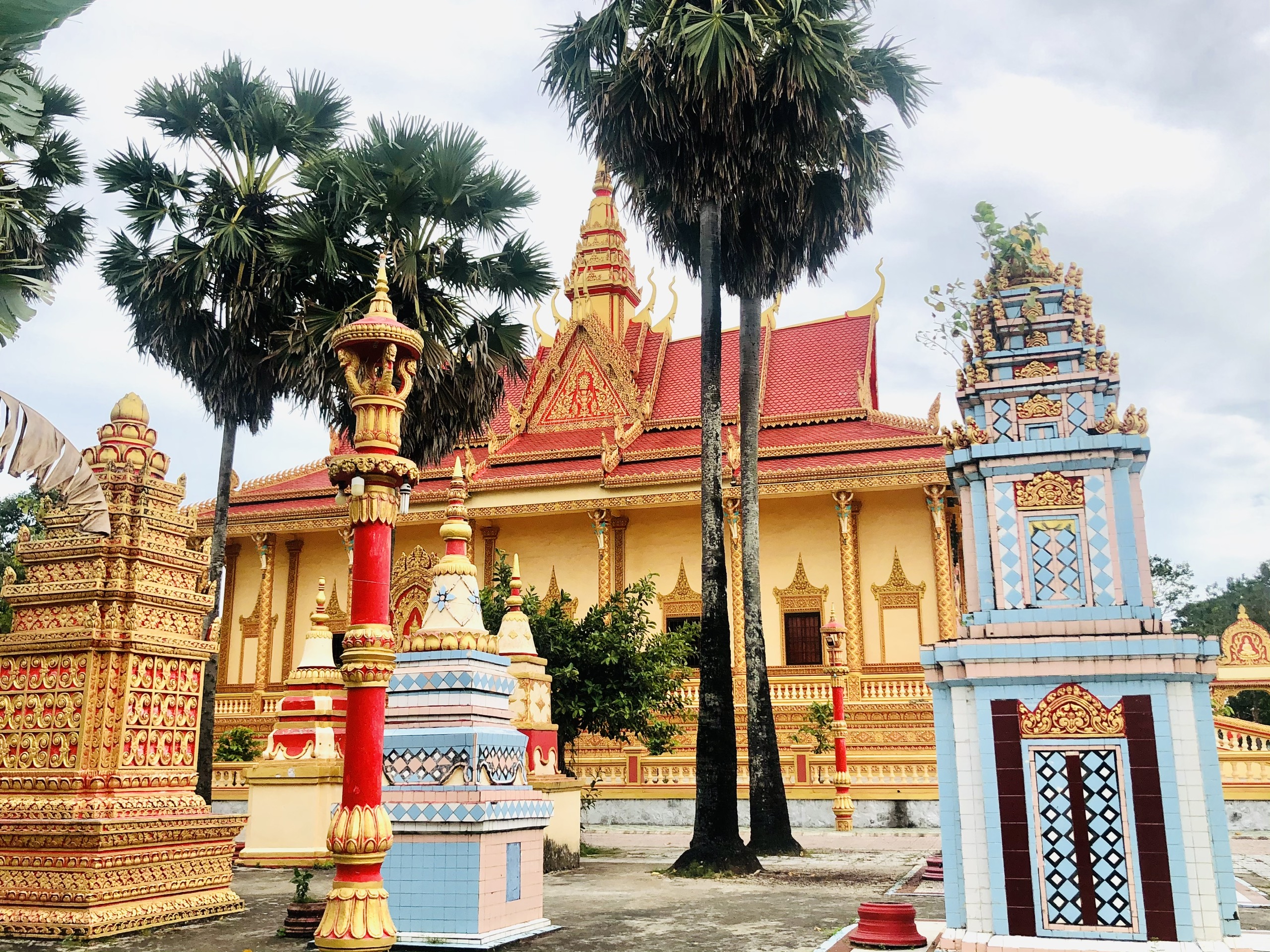
Located in the town of Bac Liêu, Xiêm Can is one of the largest and most magnificent Khmer pagodas in southern Vietnam. This pagoda is of the Small Vehicle Buddhism (Hîna-yana) and has an entrance portico and a main sanctuary facing east – according to the Khmer conception, the Buddha’s pilgrimage path began in the west and ended in the east.
Above the entrance portico are three towers reminiscent of those at Angkor, carved with decorative motifs of multi-headed snakes.
The roof of the main shrine has several layers superimposed to form a cone. The corners of the roof are decorated with long, flexible, curved snake tails pointing to the sky. Between the overlapping layers are decorative motifs of double-headed dragons, reclining in their full length with their tails curved toward the sky.
Inside the shrine is an altar and a large statue of Buddha that stands above other statues, all in different poses evoking the different reincarnations of Buddha.
The bas-reliefs, brightly colored ornamental motifs carved on the walls, ceiling and columns depict the life of Buddha and the Reamker epic (a “reproduction” of the Ramayana, a well-known Indian epic).
The pagoda is arranged in a harmonious way with other constructions such as: housing of the bonzes, temples and Sala – house of meeting where bonzes, faithful meet before the worship sessions. Around the sanctuary are deposited the relics of the monks.



